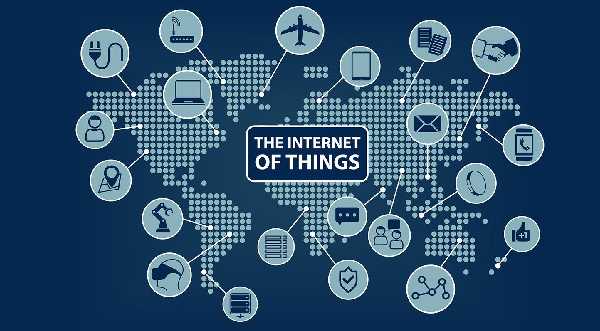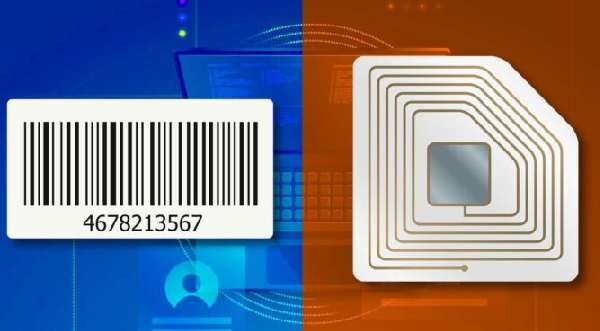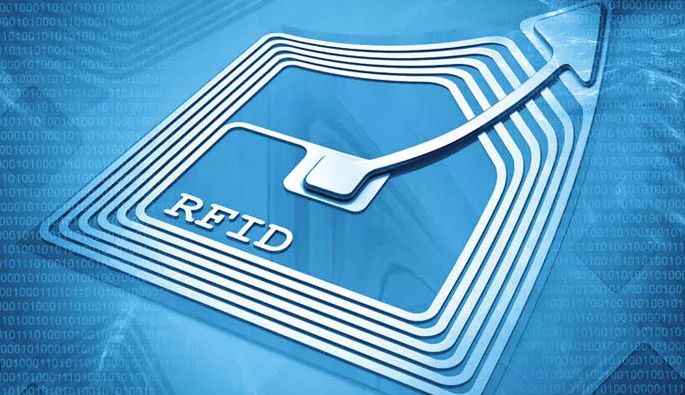Detailed introduction of magnetic card (magnetic stripe card)
Magnetic card (magnetic stripe card) is currently the most widely used type of card, suitable for use in various industries, and its main advantage lies in its cheap production price.
Magnetic card (magnetic stripe card) production
Applied in various fields, there are three magnetic tracks available for recording data, which need to be used in conjunction with terminal devices such as credit cards, securities cards, membership cards, query cards, stored value cards, tickets, etc.
Magnetic stripe type: general anti magnetic card (300oe), high anti magnetic card (3500oe)
Direct printing type: low magnetic resistance card (300oe), such as: park tickets
High anti magnetic card (2700oe) such as subway card, telephone card
Magnetic card (magnetic stripe card) production
 Magnetic card is a type of magnetic recording medium card. It is made of high-strength, high-temperature resistant plastic or paper coated plastic, which is moisture-proof, wear-resistant, and has a certain degree of flexibility. It is easy to carry and has stable and reliable use. Usually, one side of a magnetic card is printed with explanatory information, such as the insertion direction; On the other side, there is a magnetic layer or magnetic stripe with 2-3 tracks to record relevant information data.
Magnetic card is a type of magnetic recording medium card. It is made of high-strength, high-temperature resistant plastic or paper coated plastic, which is moisture-proof, wear-resistant, and has a certain degree of flexibility. It is easy to carry and has stable and reliable use. Usually, one side of a magnetic card is printed with explanatory information, such as the insertion direction; On the other side, there is a magnetic layer or magnetic stripe with 2-3 tracks to record relevant information data.
Magnetic cards use liquid magnetic materials or magnetic strips as information carriers, and the liquid magnetic materials are coated on the cards or magnetic strips with a width of about 6-14mm are pressed onto the cards. There are three tracks on the magnetic stripe, the first two tracks are read-only tracks, and the third track is a read-write track, such as recording book balances. The information reading and writing of magnetic cards is relatively simple, easy to use, and low-cost, which has led to their early development and entry into multiple application fields, such as prepaid phone cards, toll cards, appointment cards, tickets, savings cards, credit cards, etc.
Credit cards are a typical application of magnetic cards. Developed countries have widely adopted financial transaction card payment methods since the 1960s. Among them, the United States is the birthplace of credit cards; Japan has pioneered automatic teller machines that use magnetic cards to withdraw cash and automatic ticket checking machines that use magnetic card monthly passes. In 1972, Japan established a unified standard for magnetic cards, and in 1979, Japanese standards JIS-B-9560, 9561, and others were developed for magnetic stripe access to credit cards. The International Organization for Standardization has also developed corresponding standards.
Throughout the 1980s, magnetic card services had penetrated into various fields such as finance, telecommunications, transportation, and tourism in developed countries. Taking the United States as an example, with a population of over 200 million, there are 1 billion credit cards, with 110 million cardholders and an average of 5 cards per person, resulting in a consumption of approximately $469.5 billion. Among them, a considerable number of credit cards are made of magnetic cards, which have generated significant economic and social benefits.
Due to its reasonable price and convenient use, magnetic cards have also experienced rapid development in China. The first credit card was launched by Bank of China Zhuhai Branch in 1985, and about several million cards have been issued to date.
Magnetic stripe and track
There are three tracks on the magnetic stripe. Track 1 and Track 2 are read-only tracks, and the information recorded on the tracks can only be read out during use and cannot be written or modified. Track 3 is a read-write track that can be read or written during use.
Track 1 can record numbers (0-9), letters (a-z), and other symbols (such as parentheses, separators, etc.), with a maximum capacity of 79 numbers or letters.
The characters recorded on tracks 2 and 3 can only be numbers (0-9). Track 2 can record up to 40 characters, and track 3 can record up to 107 characters.


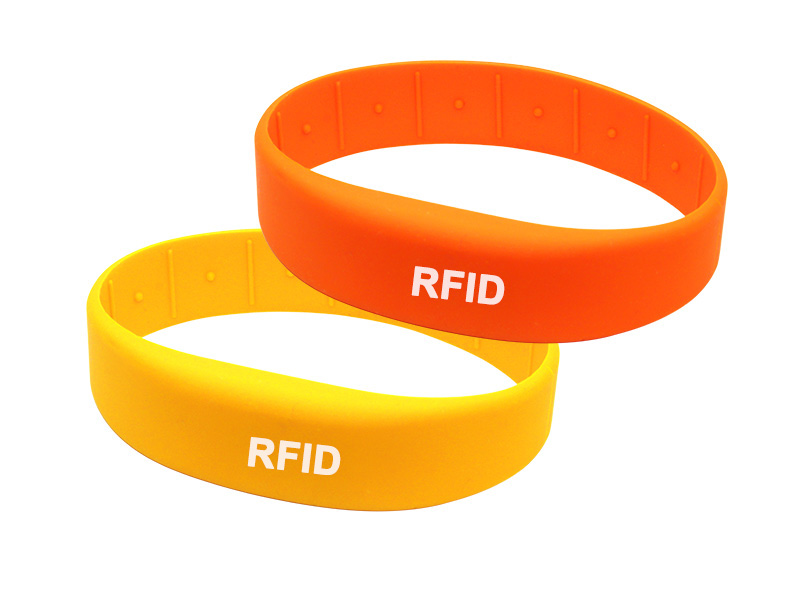
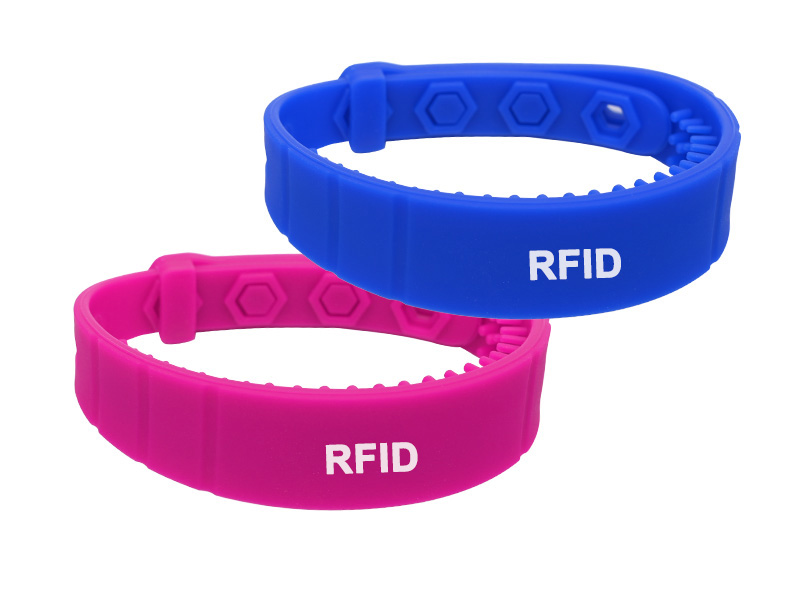
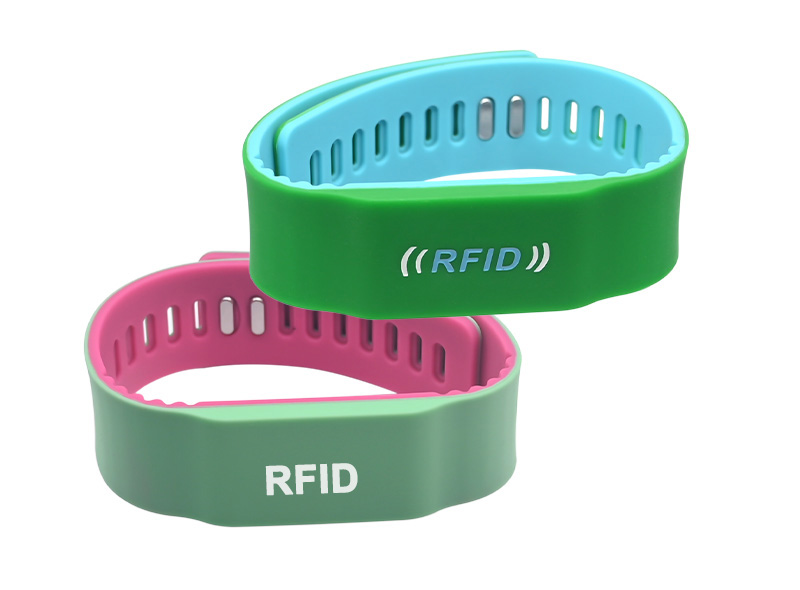


 Magnetic card is a type of magnetic recording medium card. It is made of high-strength, high-temperature resistant plastic or paper coated plastic, which is moisture-proof, wear-resistant, and has a certain degree of flexibility. It is easy to carry and has stable and reliable use. Usually, one side of a magnetic card is printed with explanatory information, such as the insertion direction; On the other side, there is a magnetic layer or magnetic stripe with 2-3 tracks to record relevant information data.
Magnetic card is a type of magnetic recording medium card. It is made of high-strength, high-temperature resistant plastic or paper coated plastic, which is moisture-proof, wear-resistant, and has a certain degree of flexibility. It is easy to carry and has stable and reliable use. Usually, one side of a magnetic card is printed with explanatory information, such as the insertion direction; On the other side, there is a magnetic layer or magnetic stripe with 2-3 tracks to record relevant information data.